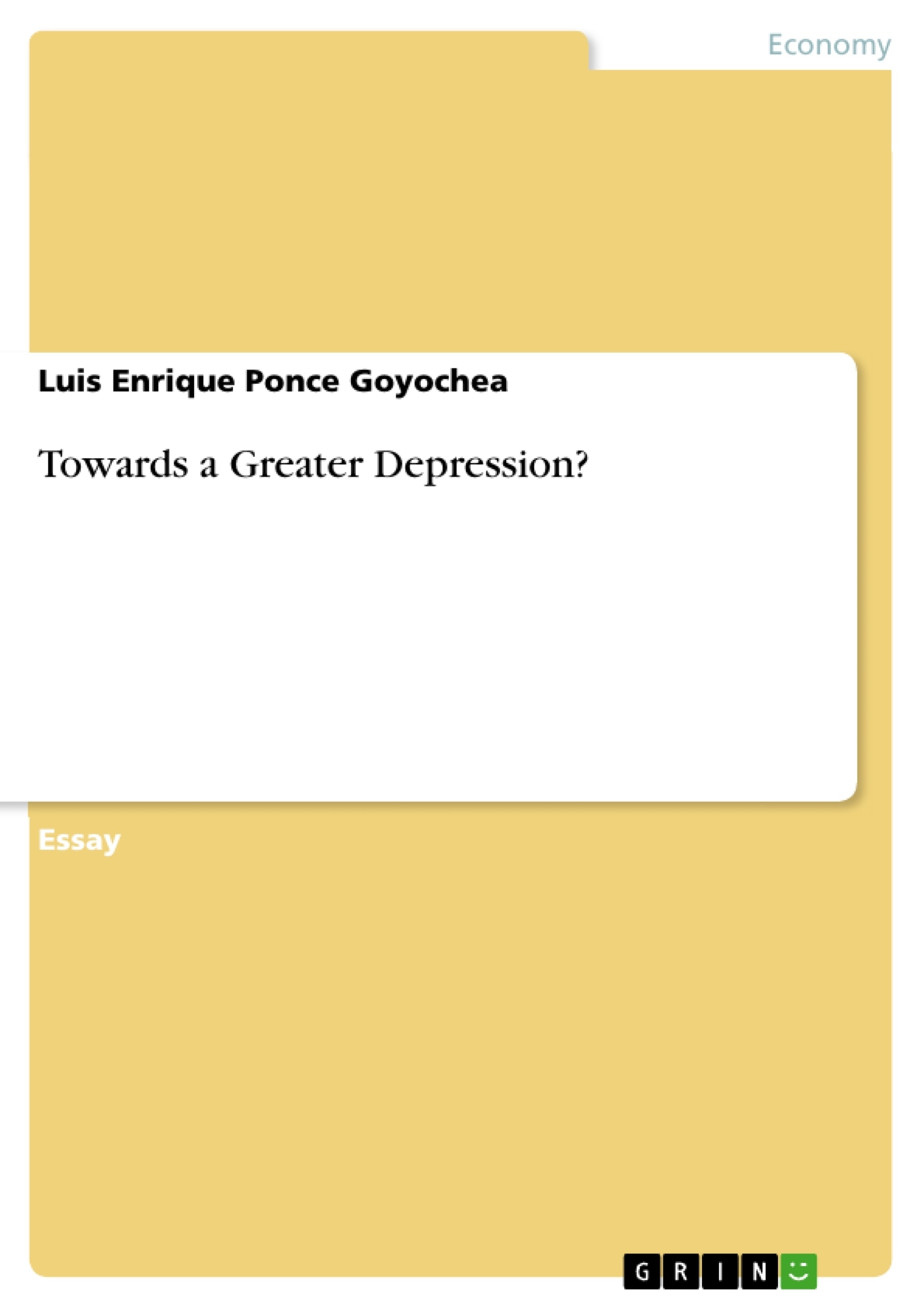Within the context of any financial crisis, government manipulation of the monetary base causes the downturn to last even longer than in the framework of a purely free market, thus leading to a sharper depression. From an Austrian viewpoint (Murray N. Rothbard 2000 [1963], 2008 [1983], 2009, 2010 [1963]), the ultimate cause of business cycles is the underlying distortion of interest rates through the interaction of two core inflating mechanisms: commercial bank credit expansion fueled by fractional reserve banking and government manipulation of the monetary base through central banking. In this sense, it is precisely the latter which allows the former to increase its influence beyond the natural free market constraints upon inflation.
Abstract
Within the context of any financial crisis, government manipulation of the monetary base causes the downturn to last even longer than in the framework of a purely free market, thus leading to a sharper depression. From an Austrian viewpoint (Murray N. Rothbard 2000 [1963], 2008 [1983], 2009, 2010 [1963]), the ultimate cause of business cycles is the underlying distortion of interest rates through the interaction of two core inflating mechanisms: commercial bank credit expansion fueled by fractional reserve banking and government manipulation of the monetary base through central banking. In this sense, it is precisely the latter which allows the former to increase its influence beyond the natural free market constraints upon inflation.
Introduction
Throughout this paper, empirical evidence is analyzed as to how government interference in the economy has historically deepened rather than alleviated financial turbulences.
In this sense, we first place the focus on how it was the monetary expansion led through the 1930s that actually prolonged the Great Depression for over a decade.
Then we move on to outline an interpretation as to how the same mistakes that prolonged the Great Depression might turn the current recession into an even Greater Depression.
An Austrian View of the 1930s
The quintessence of Austrian Business Cycle Theory, as originally conceived by Ludwig von Mises (2009 [1953] [1912]), points to the fact that what ultimately leads to the occurrence of business cycles is not central banking per se but fractional reserve banking, the market limits upon which are to a great extent removed, as Rothbard (2008 [1983]: 125-139) explains, by the monopoly on the issue of money granted by the government to one single bank, allowing the rest to inflate in unison by systematically pyramiding on top of their legally required reserves.
Under such fractional reserve banking system, it would only take the slightest loss of confidence by customers to unfold the lack of actual reserves held by banks in order to meet their liabilities, which in this case would be greater than their assets, thus making banks insolvent on an accounting basis.
Frequently Asked Questions
What is the main argument of the text?
The text argues that government manipulation of the monetary base exacerbates financial crises, leading to prolonged depressions compared to free market scenarios. It emphasizes the role of Austrian economics in understanding business cycles.
What are the key concepts from the Austrian viewpoint?
Key concepts include the distortion of interest rates, commercial bank credit expansion, fractional reserve banking, and government manipulation of the monetary base through central banking. These elements interact to create inflating mechanisms that drive business cycles.
How does the text relate to the Great Depression?
The text argues that monetary expansion in the 1930s prolonged the Great Depression for over a decade. It suggests that government interference deepened the crisis rather than alleviating it.
What role does fractional reserve banking play?
Fractional reserve banking is presented as a fundamental cause of business cycles, as market limits are removed by the government's monopoly on money issuance, allowing banks to inflate in unison.
What empirical evidence is presented regarding the Great Depression?
The text notes that the monetary base in the U.S. doubled between March 1933 and April 1940, despite a downturn in real growth between 1937-1938, suggesting the initial recession never truly ended.
How does this relate to potential future recessions?
The text suggests that the same mistakes that prolonged the Great Depression could potentially turn the current recession into an even "Greater Depression."
What is meant by "inflate in unison?"
"Inflate in unison" refers to the ability of banks, under a fractional reserve system and with a central bank, to expand credit and the money supply collectively, as they are not constrained by individual losses of reserves.
- Arbeit zitieren
- Luis Enrique Ponce Goyochea (Autor:in), 2013, Towards a Greater Depression?, München, GRIN Verlag, https://www.grin.com/document/233074



